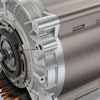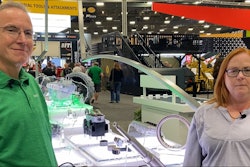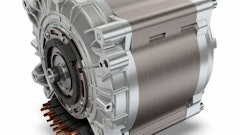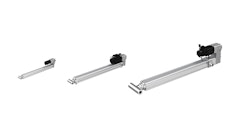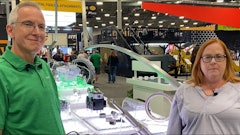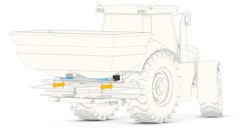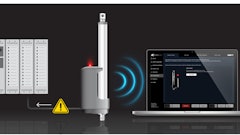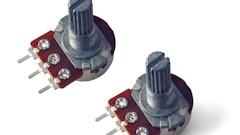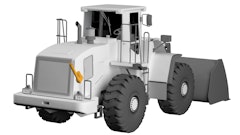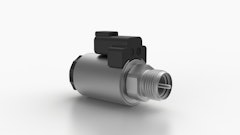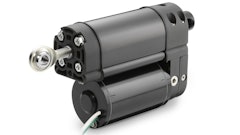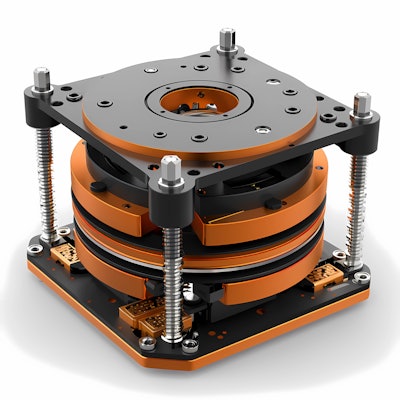
The global automotive piezoelectric actuators market is driven by rising ADAS adoption, stricter emission norms, and expanding EV demand. Increasing use in fuel injection systems, active suspension, and autonomous vehicle technologies is driving market growth, with key players investing in advanced actuator solutions to enhance precision, efficiency, and sustainability in modern automotive engineering.
Market snapshot
- Market size in 2023: $474.98 Million
- Projected CAGR (2024-2034): 7.01%
- Estimated market value by 2034: $1.0 Billion
- Key growth drivers: Increasing adoption of ADAS, stricter emission norms, growing demand for fuel-efficient vehicles, and advancements in electric & hybrid vehicle technologies.
Driving the future of automotive efficiency and performance
The global automotive piezoelectric actuators market is witnessing a remarkable surge, driven by the growing integration of advanced driver assistance systems (ADAS), stringent emission regulations, and the push for next-generation vehicle technologies. As automakers focus on fuel efficiency, vehicle safety, and sustainability, the demand for precision-driven piezoelectric actuators is escalating.
With automakers striving to enhance driving performance, fuel efficiency, and environmental sustainability, piezoelectric actuators have emerged as a game-changer. From fuel injection systems to active suspension and autonomous driving aids, these actuators are shaping the future of modern vehicles. As the electric and hybrid vehicle sector continues to evolve, their role in battery management, regenerative braking, and real-time control systems is becoming indispensable.
What’s driving demand for automotive actuators
Automotive manufacturers worldwide are aggressively integrating piezoelectric actuators into fuel injection systems, adaptive suspension, and ADAS (Advanced Driver-Assistance Systems) to improve efficiency, precision, and sustainability. With governments enforcing tougher emission standards, the demand for fuel-efficient, low-emission vehicles is surging, making piezoelectric actuators a critical component in modern automotive technology.
Piezoelectric actuators operate based on the reverse piezoelectric effect, where materials like Lead Zirconate Titanate (PZT) and Lead Magnesium Niobate (PMN) convert electrical signals into mechanical movement. These actuators deliver:
- High precision & fast response times
- Lower energy consumption & minimal wear
- Improved fuel efficiency & compliance with emission standards.
Automakers are using these actuators in engine management, braking systems, transmission control, and intelligent suspension, ensuring better vehicle control, enhanced safety, and optimized fuel usage.
Why automakers are investing in piezoelectric technology
The demand for fuel-efficient and technologically advanced vehicles has skyrocketed in recent years. This market’s growth is driven by:
- Increased adoption of ADAS and autonomous technologies: The shift toward automation is boosting the need for high-precision actuators for functions like lane-keeping assistance and adaptive cruise control.
- Stricter emission regulations: Governments in Europe, the U.S., and Asia-Pacific have introduced tough CO₂ reduction policies, compelling manufacturers to innovate fuel-efficient solutions.
- Growth in hybrid and electric vehicles: As EVs and hybrids gain traction, high-efficiency piezo actuators are increasingly used for battery management, regenerative braking, and drive-by-wire systems.

